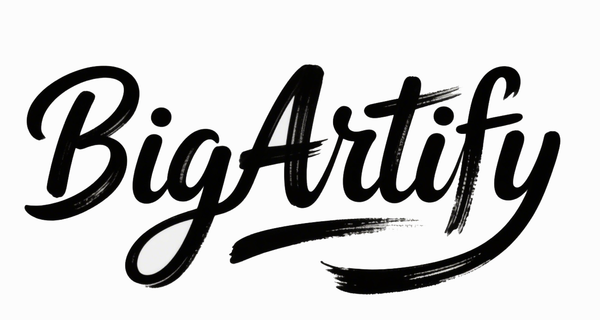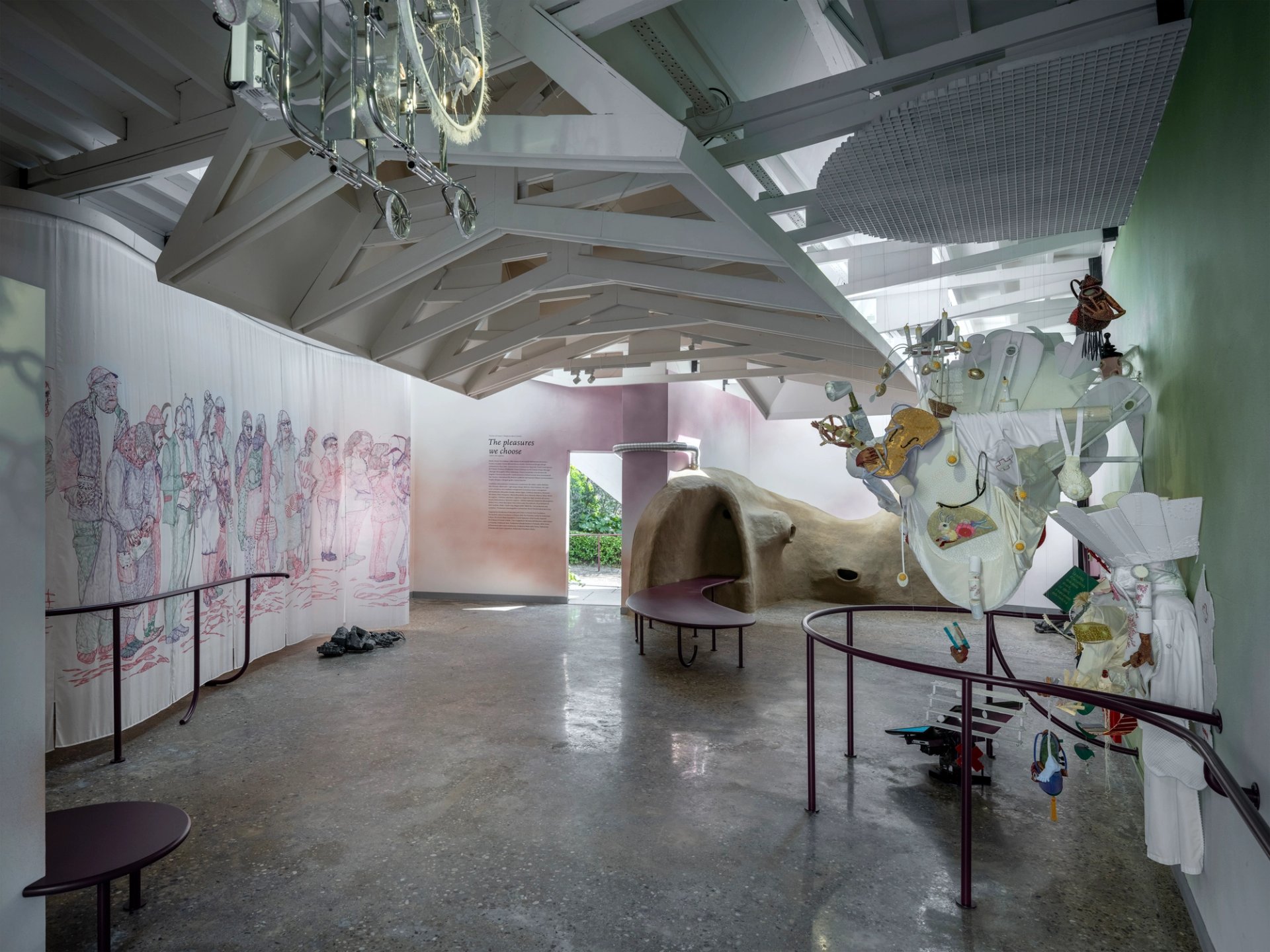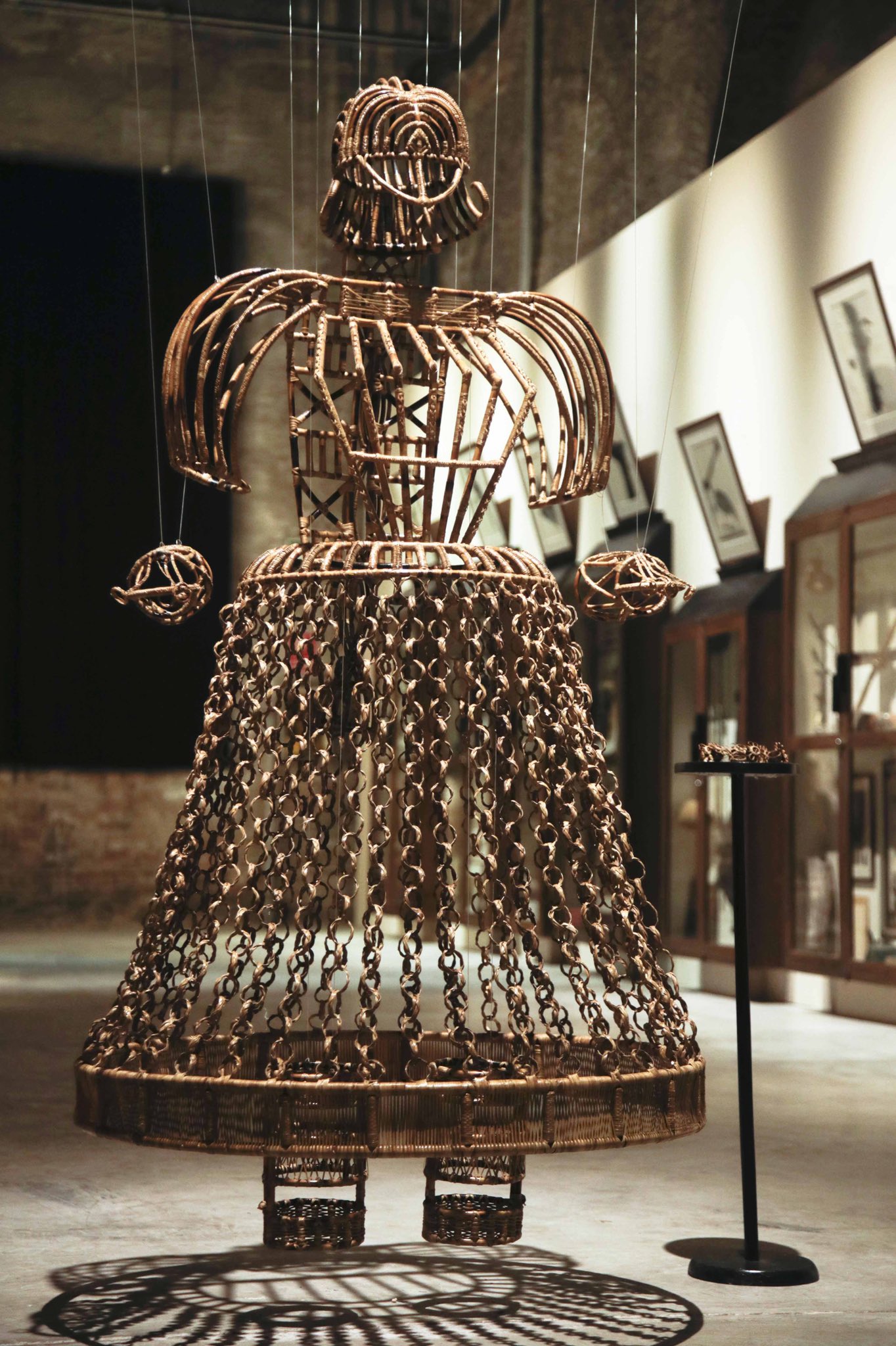India Plots First Venice Biennale Pavilion in Seven Years
In a landmark announcement that signals a renewed commitment to global cultural diplomacy, India has revealed plans to stage its first national pavilion at the Venice Biennale in seven years, set for the 61st International Art Exhibition in 2026. Emerging artists from India's Indigenous tribes will take center stage, showcasing works that highlight tribal arts and conservation themes. This development, unveiled by Union Culture and Tourism Minister Gajendra Singh Shekhawat during a conference on conservation and tribal arts, marks a significant return for the world's most populous nation to one of art's most prestigious platforms. The pavilion promises to amplify voices from India's diverse Adivasi communities, blending traditional craftsmanship with contemporary narratives amid growing international interest in South Asian art.
The Venice Biennale, often dubbed the "Olympics of the art world," has been a cornerstone of international art since its inception in 1895. Organized by La Biennale di Venezia, the event features a central curated exhibition alongside national pavilions where countries present their artistic visions. The 2026 edition, titled "In Minor Keys" and curated by the late Koyo Kouoh (with her vision carried forward by her family), will run from May 9 to November 22, emphasizing subtle, introspective approaches to global issues. For India, participation in this biennial event has been sporadic, reflecting broader challenges in funding, organization, and political priorities. The country's debut pavilion in 2011, curated by Ranjit Hoskote, featured a group show titled "Everyone Agrees: It's About to Explode," exploring postcolonial identities. This was followed by the 2019 pavilion, "Our Time for a Future Caring," which commemorated the 150th birth anniversary of Mahatma Gandhi through works by artists like Atul Dodiya, Jitish Kallat, and Rummana Hussain.
Since 2019, India has abstained from mounting a dedicated pavilion, a gap attributed to logistical hurdles, including the COVID-19 pandemic and shifting governmental focus. However, Indian artists have maintained a strong presence in collateral events and the main exhibition. In 2024's "Foreigners Everywhere," curated by Adriano Pedrosa, a record 12 Indian artists participated, including luminaries like M.F. Husain (posthumously) and contemporary figures such as Manu Parekh. This visibility underscores India's burgeoning art scene, even without a national space. As detailed in resources like the Wikipedia entry on national pavilions at the Venice Biennale, such absences are not uncommon for emerging art nations, but India's return in 2026 could solidify its position on the global stage.
The 2026 pavilion's focus on Indigenous artists aligns with broader trends in contemporary art, where marginalized voices are increasingly centered. India's Adivasi communities, comprising over 100 million people across tribes like the Gond, Warli, and Santhal, possess rich traditions in painting, sculpture, and performance that often address themes of ecology, displacement, and resilience. Minister Shekhawat's announcement emphasized conservation, suggesting the pavilion might explore how tribal arts intersect with environmental stewardship—a timely topic given India's climate vulnerabilities. While specific artists and curators have yet to be named, the initiative draws from ongoing efforts to promote tribal heritage, such as those supported by the Ministry of Tribal Affairs.
This pivot toward Indigenous representation is part of a larger narrative in Indian art. The country's art market has seen explosive growth, with auction sales surpassing $144 million in 2023, driven by collectors and institutions. The Kiran Nadar Museum of Art (KNMA), one of Asia's largest private museums, is slated to open a new flagship building in New Delhi in 2026, coinciding with the Biennale. Founded by philanthropist Kiran Nadar, KNMA has championed modern and contemporary Indian art, including tribal expressions, and could play a role in the pavilion's curation. Nadar's involvement in the 2019 pavilion, where she collaborated on Gandhi-themed exhibits, highlights private sector contributions to public cultural projects.
Historically, India's engagement with the Venice Biennale dates back to informal participations in the 1950s, with artists like M.F. Husain exhibiting independently. The first official pavilion in 2011 was a milestone, breaking a 116-year absence and signaling governmental support under the Ministry of Culture. Yet, inconsistencies persist: in 2024, despite no pavilion, Indian artists shone in collateral shows, such as Husain's immersive retrospective and Parekh's explorations of spirituality. Critics argue that sustained participation is crucial for building international networks, as seen in countries like China or Brazil, which maintain permanent pavilions.
The Biennale's national pavilion model itself is evolving. Established in the Giardini and Arsenale venues, it allows nations to lease spaces long-term, but newcomers like India often rent temporary locations, adding to costs. For 2026, India will likely secure a spot outside the main sites, similar to 2019's Arsenale location. Funding remains a key challenge; pavilions can cost millions, blending public budgets with private sponsorships. Shekhawat's announcement hints at increased governmental investment, potentially tied to India's G20 presidency legacy, which emphasized cultural soft power.
Beyond economics, the pavilion offers a platform for dialogue on pressing issues. Indigenous art in India often critiques urbanization and land rights, themes resonant with Kouoh's "In Minor Keys," which may favor understated, reflective works over spectacle. For instance, Gond artist Jangarh Singh Shyam's intricate myth-inspired paintings have influenced global perceptions of tribal art, as explored in exhibitions at institutions like the Metropolitan Museum of Art. Integrating such elements could position India's pavilion as a bridge between tradition and innovation.
The announcement has sparked enthusiasm in the art community. Galleries like Chemould Prescott Road in Mumbai, which represents several Biennale alumni, view it as an opportunity to elevate underrepresented artists. International curators anticipate how India's entry will enrich the Biennale's diversity, especially following 2024's focus on Global South narratives. As art historian Geeta Kapur notes, Indian art's strength lies in its hybridity—merging folk, modern, and postmodern influences.
Looking ahead, the 2026 pavilion could catalyze domestic changes, such as enhanced support for tribal artists through residencies and markets. Initiatives like the annual India Art Fair already spotlight Adivasi works, but global exposure via Venice could attract patronage and preservation efforts. Amid debates on cultural repatriation and decolonization, India's participation reaffirms art's role in national identity.
In a world where art festivals like the Venice Biennale influence market trends and diplomatic ties, India's return after seven years is more than symbolic—it's strategic. As the country navigates its rising global profile, this pavilion could redefine how Indigenous stories are told on the world stage, fostering cross-cultural understanding.
FAQ
What is the Venice Biennale? The Venice Biennale is an international art exhibition held every two years in Venice, Italy, featuring a central curated show and national pavilions from various countries.
When will India's 2026 pavilion take place? It will be part of the 61st International Art Exhibition from May 9 to November 22, 2026.
Who announced India's return to the Venice Biennale? Union Culture and Tourism Minister Gajendra Singh Shekhawat announced it during a conference on conservation and tribal arts.
What is the focus of India's 2026 pavilion? The pavilion will feature emerging artists from India's Indigenous tribes, emphasizing tribal arts and conservation themes.
When was India's last Venice Biennale pavilion? India's last national pavilion was in 2019, themed around Mahatma Gandhi's philosophies; the first was in 2011.


